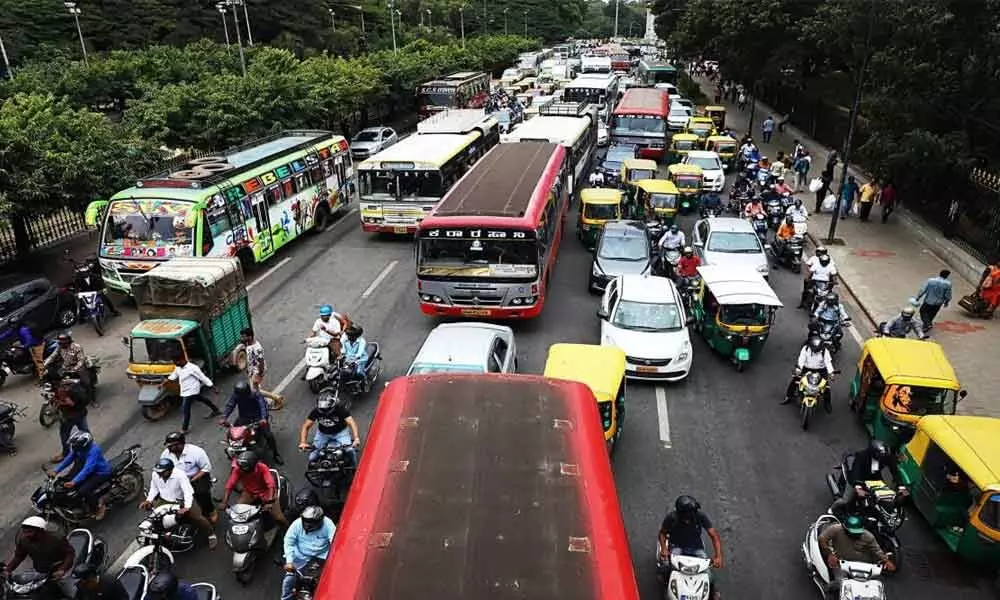Karnataka Pollution Control Board Is Planning To Build 11 Air Quality Control Stations In Industrial Areas

- The Karnataka State Pollution Control Board will install eleven new air quality monitoring stations in industrial zones as part of the central government's National Clean Air Program (NCAP).
- The board intends to establish three stations by the end of 2021, out of a total of eleven.
The Karnataka State Pollution Control Board will install eleven new air quality monitoring stations in industrial zones as part of the central government's National Clean Air Program (NCAP).
According to sources, the board intends to establish three stations by the end of 2021, out of a total of eleven. While four stations would be built in Bengaluru, two of which will be in Jigani and the other in Yeshwantpur. The installations will also be located in industrial regions in Davangere, Tumkuru, Belgaum, and Dharwad.
Throughout industrial regions across the state, Continuous Ambient Air Quality Monitoring Stations (CAAQMS) will indeed be installed. The Karnataka State Pollution Control Board (KSPCB) has acknowledged that the Karnataka Industrial Zones Development Board (KIADB) is in discussions to implement CAAQMS in industrial zones.
K Srinivasulu, member secretary of the KSPCB, said that The plan is still in the works. We'll continue with the strategy once Ganesha Chaturthi is over. The Bruhat Bengaluru Mahanagara Palike (BBMP) has obtained financing from the NCAP programme. Considering industrial emissions are indeed a major cause of pollution. As a result the objective is to put up air monitoring stations in industrial regions.


















